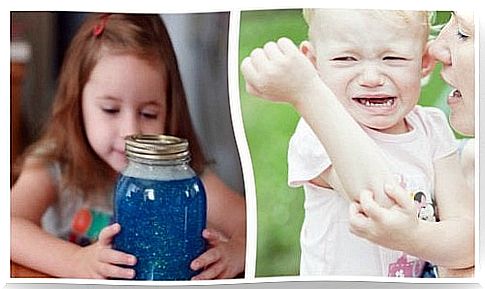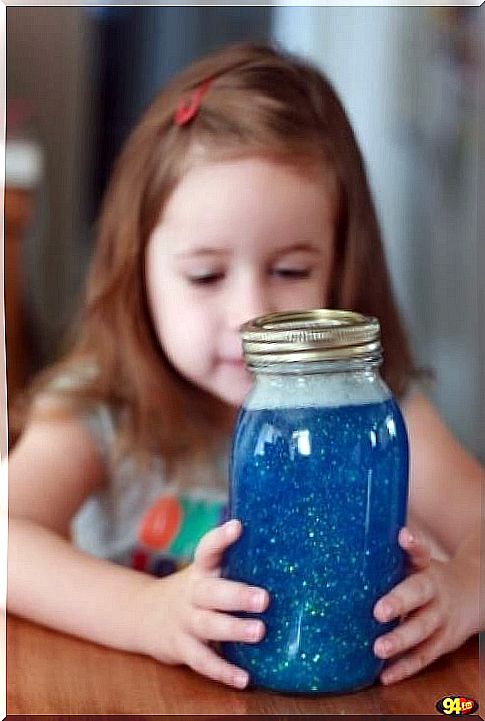Montessori – Methods To Contain Anger In Children

Montessori methods have as many supporters as enemies. Nevertheless, they still remain a very interesting issue and we can use them both at school and at home during the everyday education of our children.
Today we want to talk about the anger and outbursts that occur in young children. They can be difficult to learn, control and understand.
One of the useful concepts left by Maria Montessori are the so-called sensitive phases. From birth to the age of 6, babies experience what is known as “windows of opportunity”.
These windows of opportunity are activated as children have innate opportunities to learn and acquire certain competences and skills. This is the best time to teach them how to cope and understand this complex emotional world that sometimes overwhelms them.
Today we want to introduce you to some simple techniques to help you deal with your child’s various emotional states.
Montessori methods in stopping tantrums and anger
We all know more or less how the teaching of children in centers that use Montessori methods looks like in practice.
Above all, the emphasis is on the autonomy of the child. It focuses mainly on how the child is responsible for his own learning by exploring his curiosity and interacting with everything that the environment can provide for him.

However, many mothers and fathers wonder how Montessori methods can be applied at home. After all, an apartment where a child spends so long is a place with great educational potential.
Let’s take a closer look at it and see how to help parents whose children have tantrums.
Socio-emotional education
Maria Montessori never spoke only about emotional intelligence. According to this famous teacher, emotions and socialization go hand in hand.
When a child experiences tantrums it is due to his inability to align his experiences with the environment. Some examples include:
- He doesn’t get what he wants. Feels under attack. It is bad for something or someone. He is unable to wait for the reward … It all turns into tears, screams and other physical signs of aggression.
- Emotions surface in a socio-emotional context when interacting with adults or other children. It may be difficult for your child to distinguish between certain things.
Although some have criticized Montessori’s methods for offering children freedom and independence, there is something fundamental that we must not forget:
- An adult is a guide, an adult allows himself to learn, and above all, an adult is a model that the child imitates and follows.
- The sensitive phases that occur between birth and age six are crucial for a child, and parents should then answer all questions and supervise all emotions.
Issues we must consider to shape a child’s emotional world
- According to Montessori methods, we should not disregard any of the child’s words or any behavior, and we should not compare it with others. Such behavior will make him angry.
- Make sure your child feels confident at all times. For example, you should be sure that your child is comfortable talking to you, exploring the world, interacting with peers.
- Let your child make mistakes. Advise him, but let him fix mistakes on your own. Children need independence so that they can develop their self-esteem.
- When a child becomes nervous, it means that he has trouble expressing something. It could also mean that there is something in his environment that we need to know and understand.
- It is important as parents that we guide our children with calmness and patience. Never underestimate outbursts of anger, especially if they are minor. This way, it is easier to find the source of the problem and be able to apply countermeasures.
Montessori methods – “jar of peace”
In recent years, the so-called “Jars of peace.” These are tools that can help reduce your baby’s stress and anxiety. However, let’s explain what their exact purpose is and how to use them.

- The “jar of peace” is an object on which the child focuses his attention thanks to the substances moving inside.
- The child should use it in the company of an adult.
- A child can take this jar to bed every day. While watching him, you can talk about how his day was, what worries he has, what scared them, what liked, didn’t like, etc.
- However, you should ask these questions skillfully, without judgment, and without direct questions. In this way, these questions will be part of the game to strengthen your emotional relationship.
Peace Jar is a very simple tool that will help both children and parents. Such a jar can easily be made at home.









